Last Updated on June 6, 2021
America’s Most Historic Prison
Eastern State Penitentiary is a former American prison in Philadelphia, Pennsylvania. It was operational from 1829 until 1971 and is currently a U.S. National Historic Landmark. When the building was completed, it was the largest and most expensive public structure ever erected in the United States, and quickly became a model for more than 300 prisons worldwide. Eastern State was the world’s first true “penitentiary.”
Read below to find out more about Eastern State Penitentiary History and how to get Eastern State Penitentiary tickets.
Table Of Contents
Eastern State Penitentiary Tour
After closing in 1971, it took until 1994 for the prison to be opened to the public for historic tours. Current ticket details for Eastern State Penitentiary can be found here. You can also take an online tour of Eastern State Penitentiary here.
Prison in the 1700’s
In the 1700’s, prisons were used as holding pens for those accused of everything from petty theft to murder. Abuse of prisoners was common, with punishments ranging from whipping to execution. In 1787, the Philadelphia Society for Alleviating the Miseries of Public Prisons met in the home of Benjamin Franklin to discuss the concerns surrounding the treatment of prisoners in America and Europe. The aim was to outlaw public punishments. Instead, the current overcrowded and corrupt prison system would be replaced with one of solitary confinement. It was their hope that this new method would encourage the people incarcerated to reflect and change.
Related Story – What We Did On Our Trip To Philadelphia
The Pennsylvania System
The penitentiary refined the revolutionary system of separate incarceration ( the “Pennsylvania system”) that was first pioneered at the Walnut Street Jail, emphasizing principles of reform rather than punishment. It was believed that if criminals were given the chance to reflect on their crimes, by spending their days in complete silence, they would become genuinely sorry for their crimes and would then be reformed.
The warden was legally required to visit every inmate every day and overseers were to see each inmate three times a day to help with rehabilitation. This was a huge change from the norm at the time, where a prison usually forced inmates to work together in silence, and could be subjected to physical punishment.
The solitary confinement system eventually collapsed after the prison experienced overcrowding problems. By 1913, Eastern State had officially abandoned the solitary system and operated as a congregate prison until it closed.
How Many Prisoners Were In Eastern State Penitentiary?
In 1926, construction began on Cellblock 14, the second three-story cellblock, leaving no space between cellblocks. Eastern State Penitentiary was originally built to hold 250 inmates, and by 1926 would hold 1,700.
Who Was Locked Up In Eastern State Penitentiary?
Notorious criminals such as Al Capone (Scarface) and bank robber Willie Sutton (Slick Willie) were held inside its walls. James Bruno (Big Joe) and several male relatives were incarcerated here between 1936 and 1948 for the alleged murders in the Kelayres Massacre of 1934, before they were pardoned. Charles Williams was the first prisoner admitted to the Eastern State Penitentiary.
A Medieval Castle
When the Eastern State Penitentiary opened in 1829, it did not look anything like other buildings in Philadelphia. The interior resembles a church, with the tall arched windows and barrel vaulted hallways. However, the first detail we noticed while walking about was that the prison resembled a medieval or gothic castle. Architect John Haviland felt that the building should “strike fear into the hearts of those who thought of committing a crime,” making them think that physical punishment took place behind the penitentiary walls.
Small Cell Doors
The cells had small doors; some say the doors were purposely made so small to make it harder for inmates to attack a guard. Others claim that the small doors made the inmates bow as they entered their cell, for religious significance. The cells all also had a single skylight, suggesting to prisoners that God was always watching them. It is truly fascinating what small design details can represent!
Cells also each had a faucet with running water over a flush toilet, which is more than I expected to see. The curved pipes along the wall served as central heating during the winter so the hot water would be run to keep the cells at a decent temperature. Toilets were remotely flushed by the guards.
Did Anyone Ever Escape From Eastern State Penitentiary?
On April 3, 1945, a major escape was carried out by twelve inmates (including the infamous Willie Sutton), who managed to dig an undiscovered 97 foot tunnel under the prison wall. During renovations in the 1930’s an additional 30 incomplete inmate-dug tunnels were discovered.
Leo Callahan is the only inmate that was able to escape and was never found. In 1923 Callahan and five other inmates built a ladder, using it to scale the East wall of the Penitentiary. Callahan’s five accomplices were all recaptured.
Why Was Eastern State Penitentiary Closed?
By the 1960’s the prison was in need of too many costly repairs. The Commonwealth of Pennsylvania closed the facility in 1970, though the City of Philadelphia used the prison to house short-term prisoners until 1971. The solitary confinement system eventually collapsed due to overcrowding problems.
How Many Prisoners Died In Eastern State Penitentiary?
During the operation of Eastern State Penitentiary, there were over 50 suicides and a dozen murders within its walls.
Is Eastern State Penitentiary Haunted?
Eastern State is considered one of the most haunted places in the world, from several reports of paranormal activity. Eastern State Penitentiary has also been featured on the Travel Channel’s Ghost Adventures and Most Haunted Live.
Eastern State Penitentiary is a popular place to visit for paranormal researchers and many visitors and staff have reported similar stories since back in 1940. The common reports have included: footsteps, whispers, Cellblock 6 is known for shadowy figures darting along the walls, and Cellblock 12 for echoing voices and cackling.
While nobody can say for certain, it is not hard for us to imagine souls left behind after all of the suicide, murders, madness and torture that happened between the walls.
Eastern State Penitentiary Today
Today, the site offers tours and exhibits surrounding American criminal justice to 300,000 visitors each year.
The site’s mission is to interpret the legacy of American criminal justice reform, from the nation’s founding through to the present day. Using the abandoned penitentiary, it is possible to better connect the past to the present. It was incredible to listen to the audio tour while wandering around the penitentiary grounds; it really brought to life what would have been back in the day.
Eastern State Penitentiary In Photos
Take a look at how this abandoned prison looks today, as you imagine what may have been back in 1829.
The Prison Walls
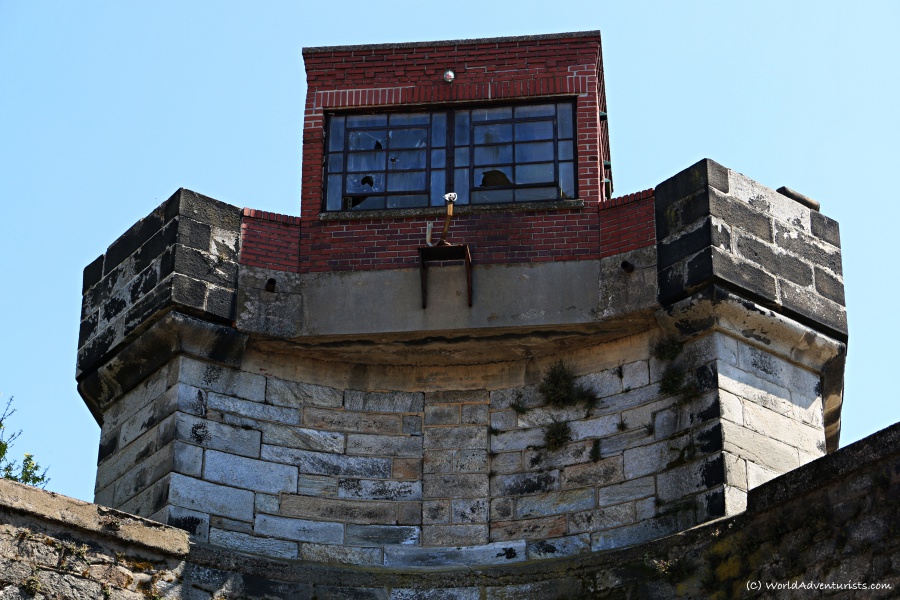



The Cells and Interior

Al Capone

It was both eerie and fascinating as we wandered around the prison, learning about what had happened between the prison walls. It had the abandoned vibes that send chills up your spine, while at the same time making your eyes wide with excitement to see what it will look like around the next corner.


We were thrilled with our CityPASS in Philadelphia, and the Eastern State Penitentiary was such a fascinating option. As soon as we saw it on the list, we knew it had to be one of the spots we made time for.
Have you ever taken a tour like this? Where? Tell us about it below!
Our visit to the Eastern State Penitentiary was sponsored by CityPASS, but as always, our opinions are our own.






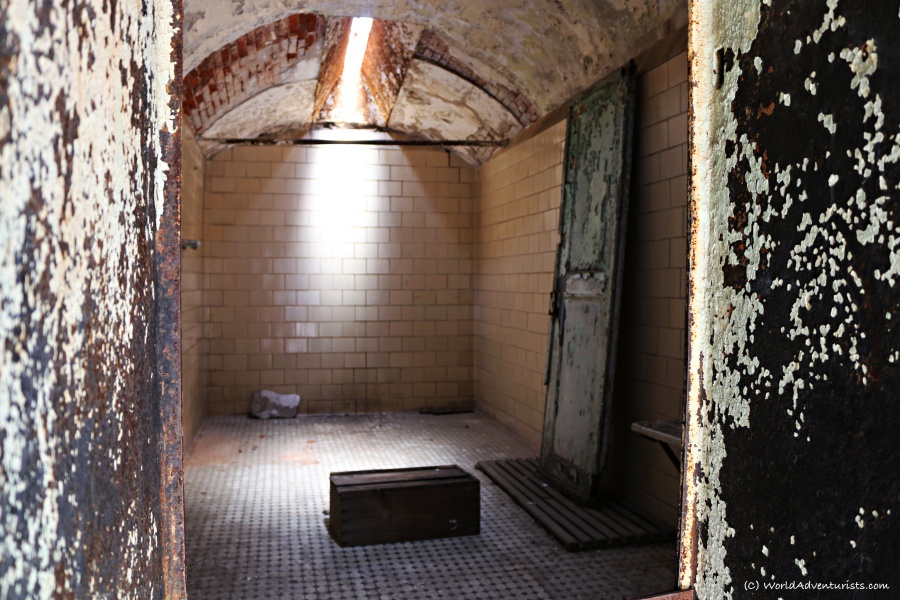
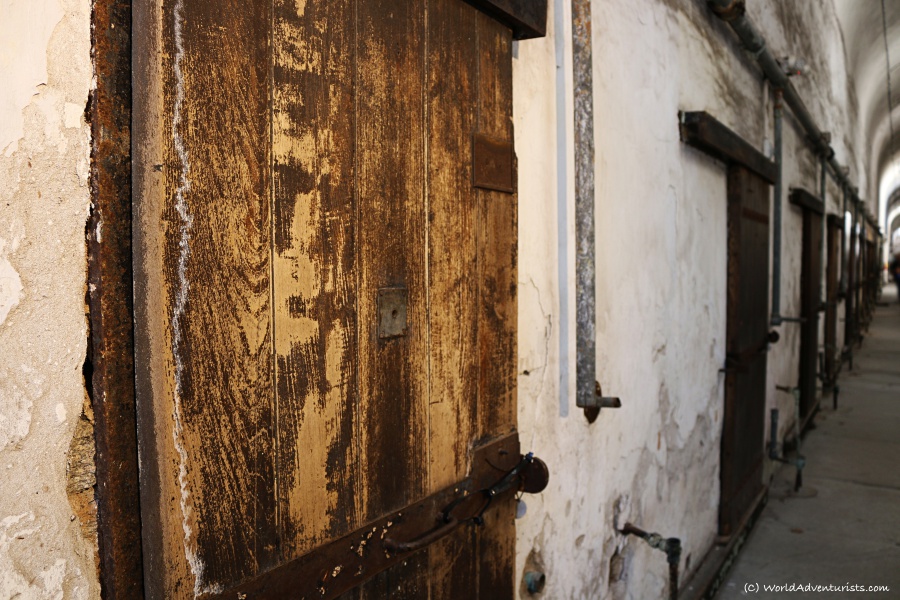

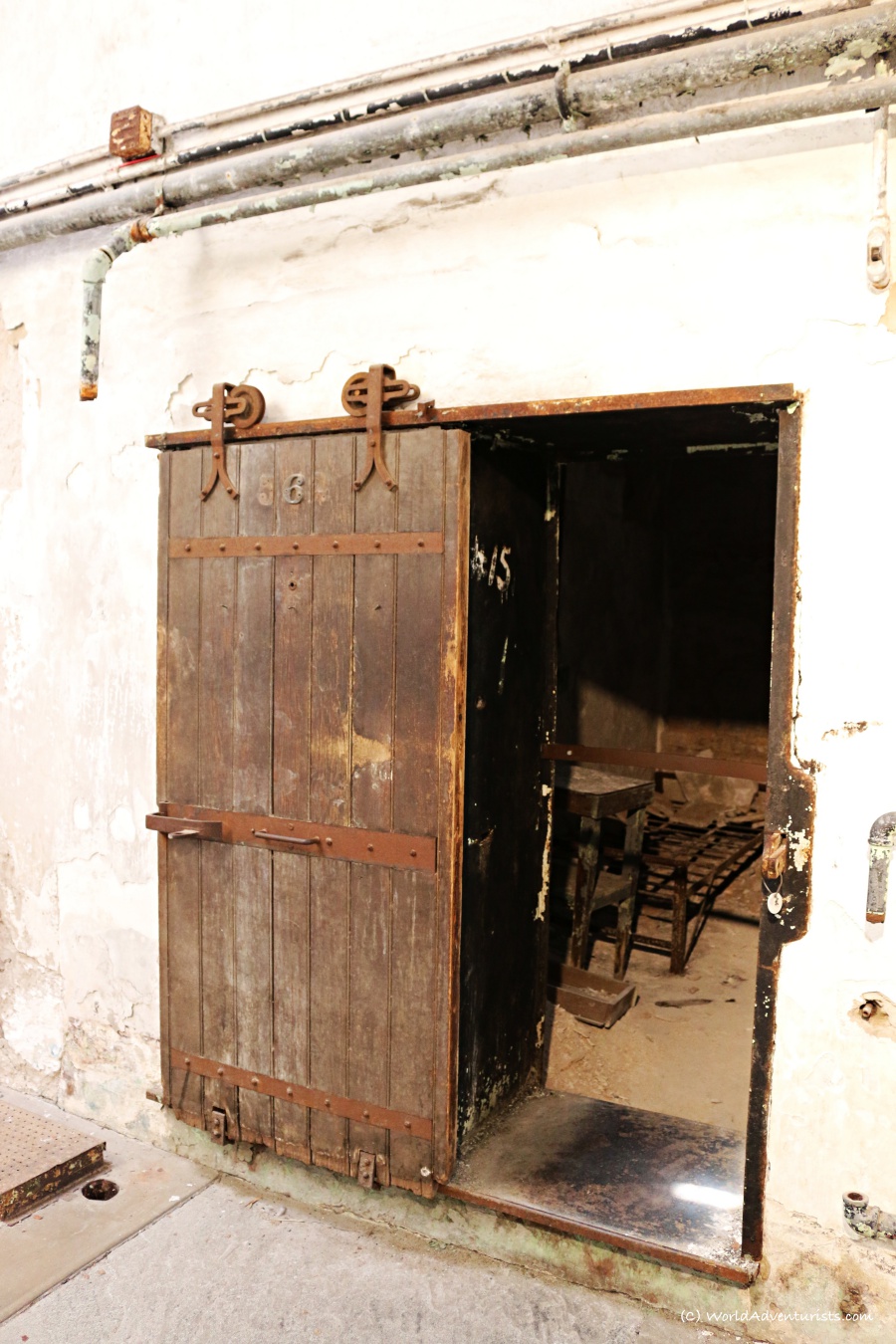

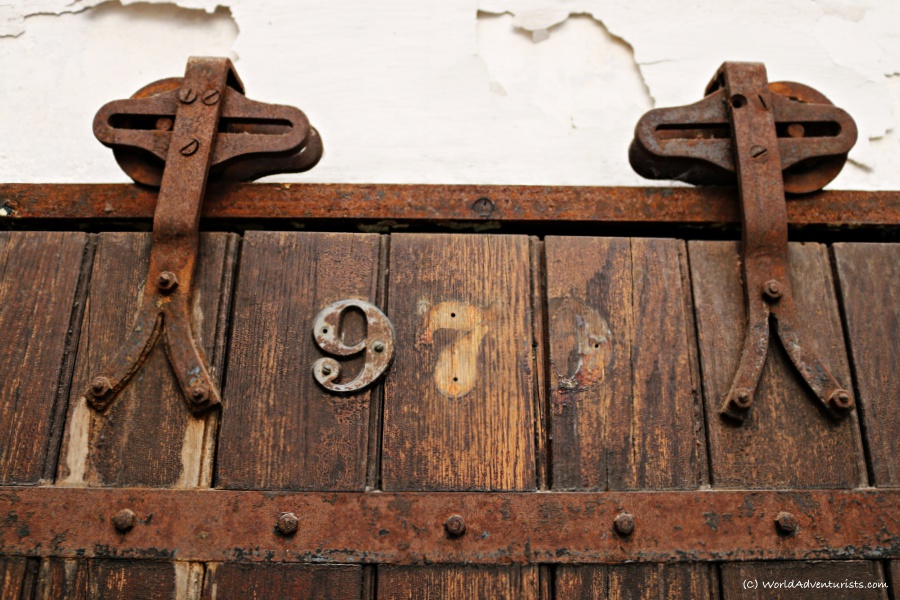



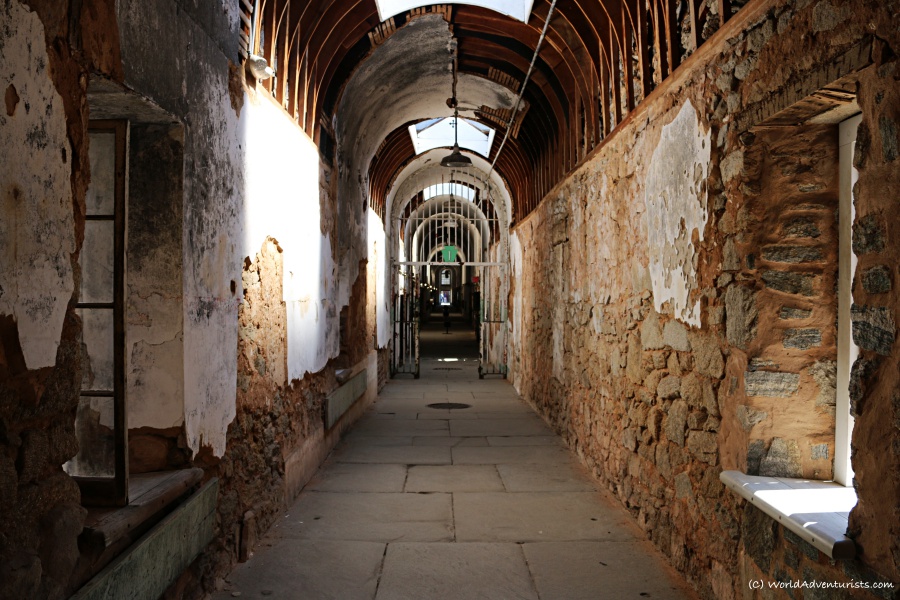
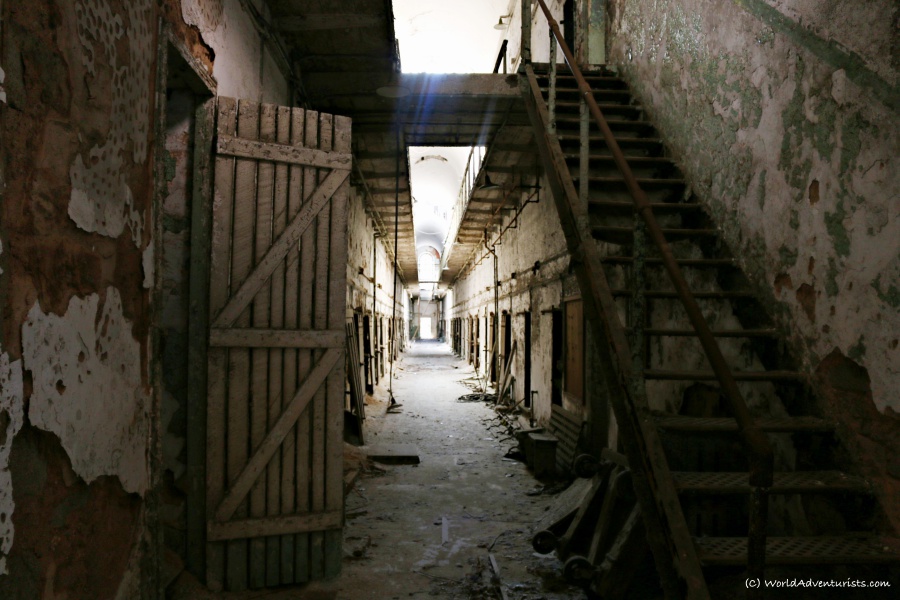

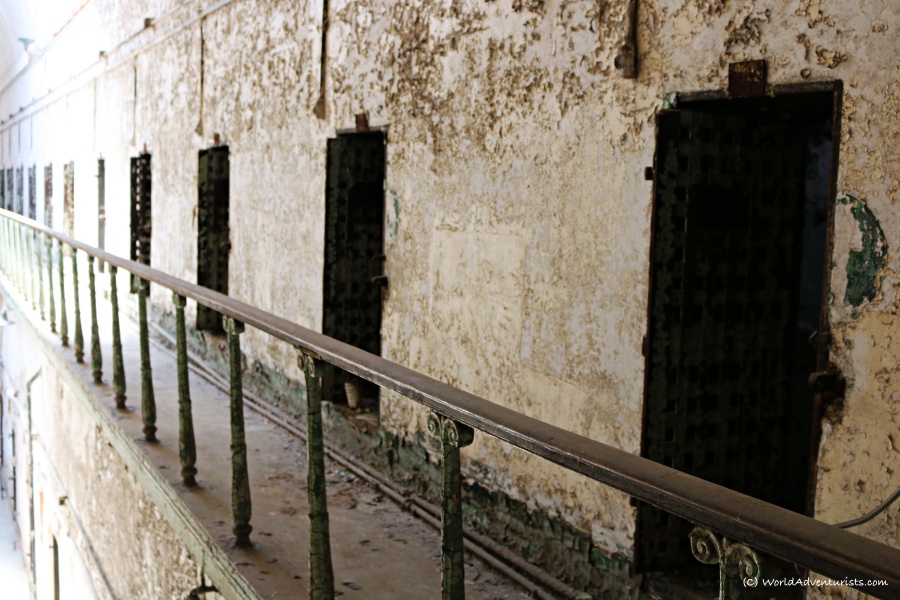



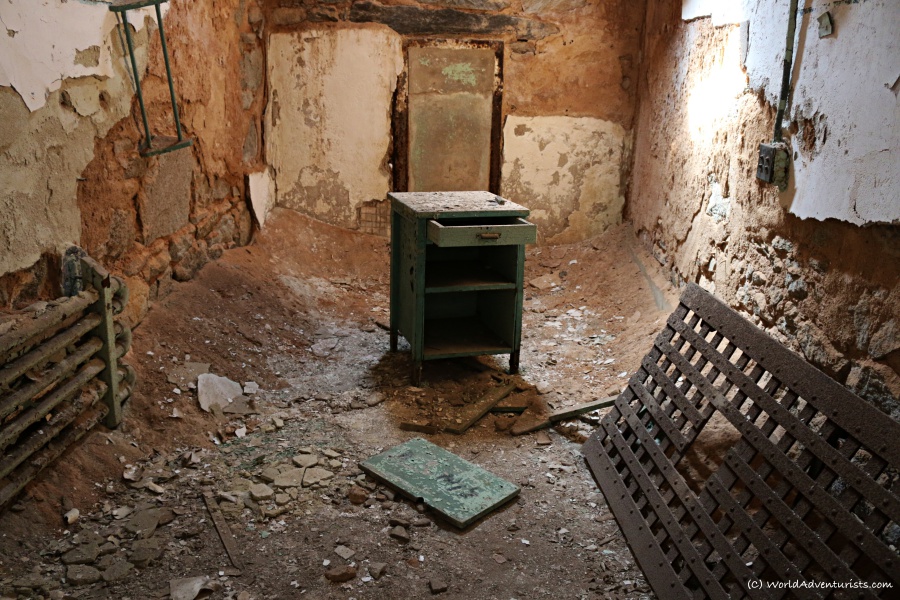
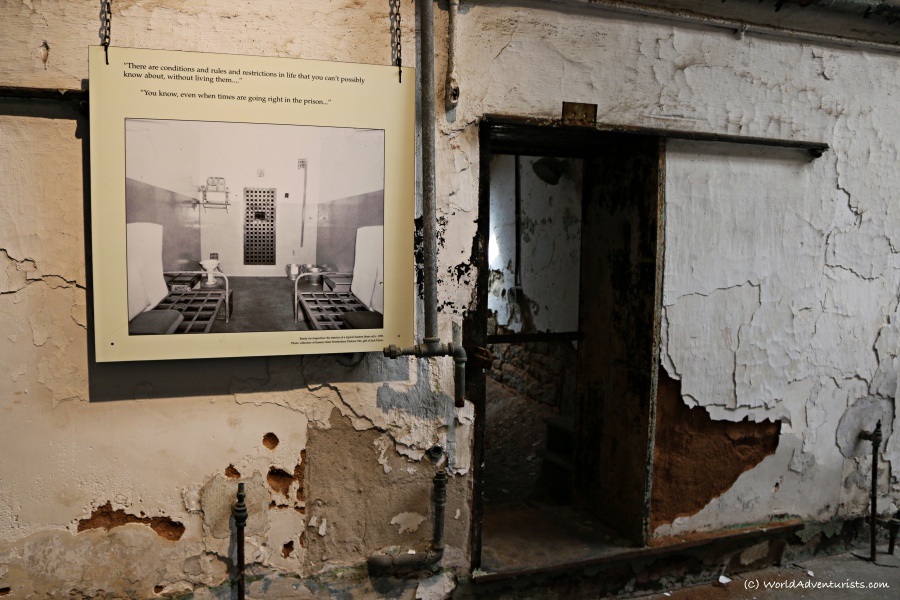
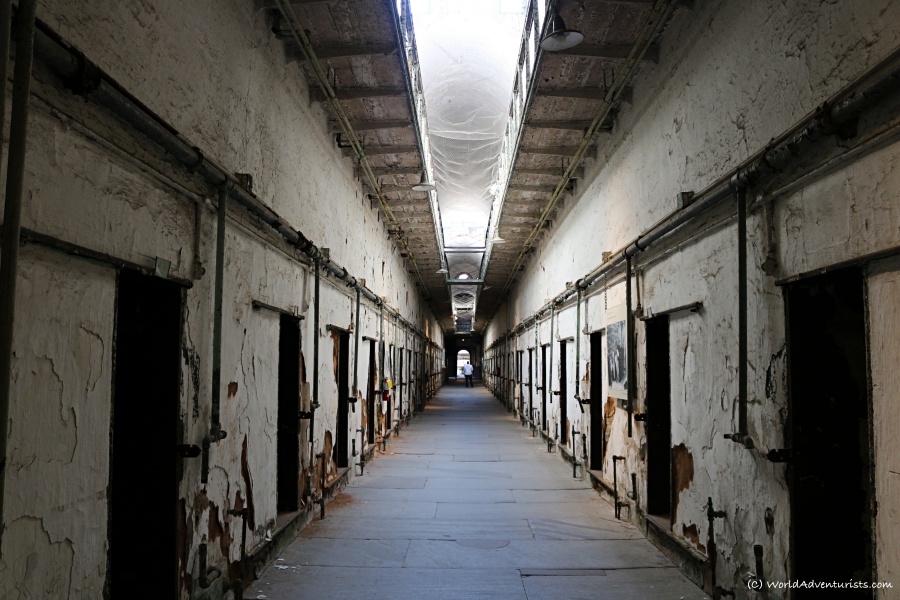

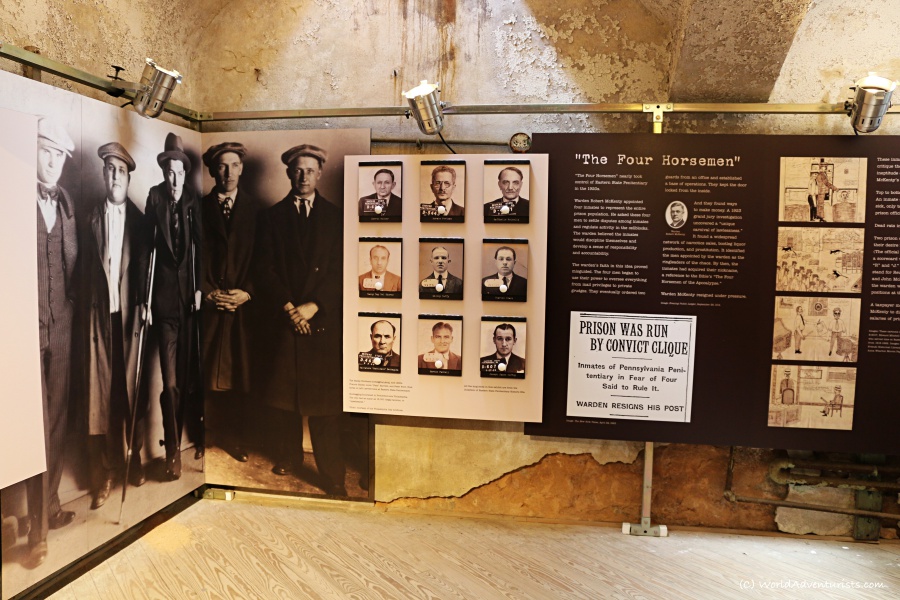
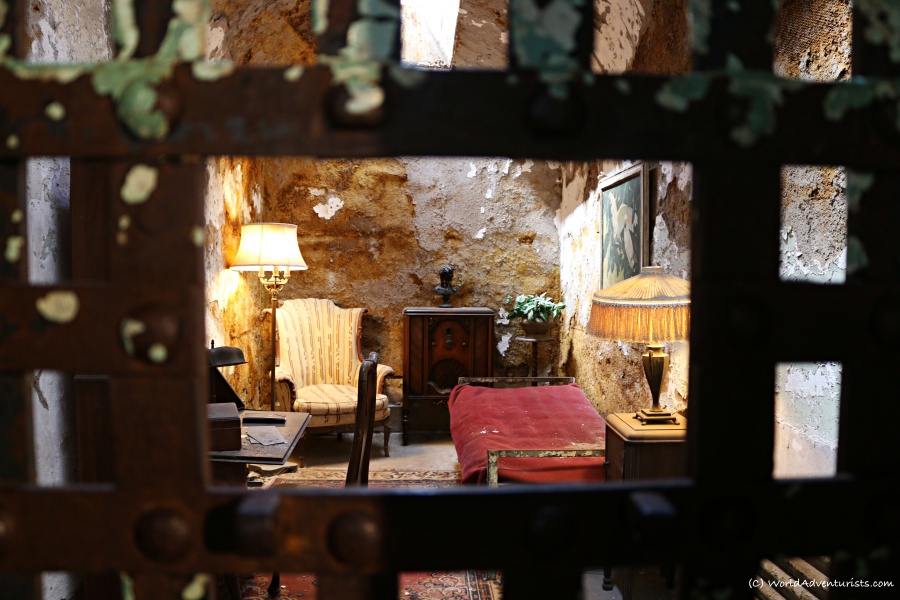








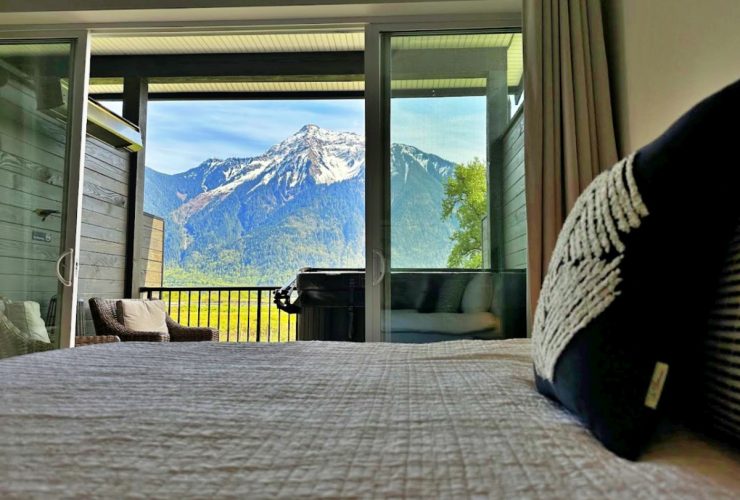

A fascinating article. I love the part about the tunnels that were discovered later. Chills up and down my spine came from visiting the POW camp in Auschwitz and El Valle de Los Caidos (The Valley of the Fallen) in Spain.